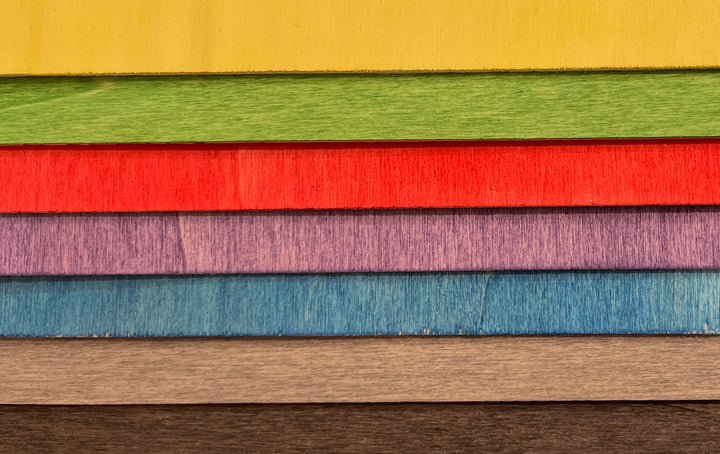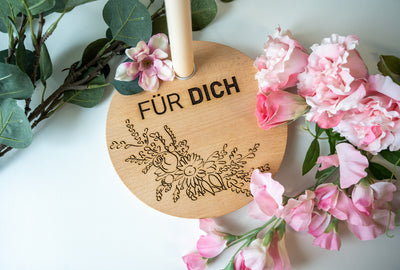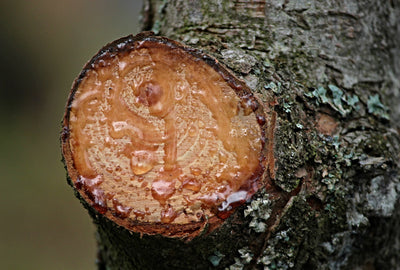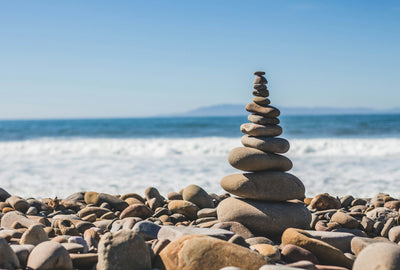In times of increasing demand for sustainable materials, bamboo is becoming more and more important. Bamboo is therefore not only the main food of pandas, but also more and more attractive for us humans. As a natural and fast-growing raw material, it has long been used in construction, furniture production and the textile industry. Due to its hardy nature, it is also increasingly found in gardens. But what exactly is bamboo, what makes it so special, and how should you best care for it?
What is bamboo?

The bamboo family (Poaceae) is a whole group of perennial, grass-like plants that grow primarily in the tropics and subtropics. They are especially known for their growth rate, which can hardly be compared to any other in the plant world. There are species that reach a height of eight meters within a year. Although the plants are often referred to as bamboo trees, they actually belong to the grass family and are therefore called stalks.
What types of bamboo are there?
Moso Bamboo
In total, there are around 1,500 different types of bamboo that can be found in many parts of the world. One of the best knowns is the Moso bamboo, which is native to China. It is characterized by rapid growth and its size, which is why it is primarily used as a building material or for the production of furniture.
Black Bamboo
As the name suggests, black bamboo is special because of its colour. Its atypical appearance contributes to the fact that it is a popular ornamental plant among the bamboo plants.
Giant reed bamboo
Interestingly, the largest bamboo species is not native to Asia, although that is where most species are represented. The giant reed bamboo reaches a height of up to 30 meters and originally comes from South America.
Guadua bamboo
The Guadua bamboo, on the other hand, impresses with its extraordinary colour as well as its durability and high flexibility. These properties combine to make the Guadua particularly popular in the manufacture of furniture.
That is why bamboo plants are sustainable

The sustainability of bamboo plants is primarily due to three properties. Although the plants show immense growth, they only require little water. About two to three litres are sufficient per day and square meter. In addition, they grow so quickly that, depending on the species, they can be harvested within a year. No other natural raw material can boast such properties. Finally, the enormous carbon uptake ensures that bamboo plants absorb large amounts of carbon dioxide from the atmosphere and convert it into oxygen. According to scientific studies, bamboo plants absorb about 35 percent more carbon dioxide than trees. With just a few bamboo plants in the garden, you can contribute to a better environment.
Bamboo sustainability and certifications
If you value sustainability when buying objects or products made of bamboo, you can use various certificates that guarantee this. In particular, certificates from the following organizations are important indicators of sustainable and environmentally friendly production :
- Forest Stewardship Council (FSC)
- Program for the Endorsement of Forest Certification (PEFC)
- Global Organic Textile Standard (GOTS)
- OEKO-TEX Standard 100
- USDA Organic
Durability and strength
The fact that bamboo is used as a material in a wide variety of industries today is due to both its natural durability and its strength. The fibres of the stalks are significantly denser and more resistant than in many types of wood. Add to that the fact that bamboo plants are generally very moisture resistant and resist mould. If you use bamboo instead of wood, the much more intensive care that susceptible woods require is no longer necessary. Once wood has been attacked by mould, it usually has to be replaced. Bamboo can also become mouldy, but this is usually only the case with prolonged or permanent contact with moisture.
Care and maintenance of bamboo products
If you want to maintain bamboo objects in your household, then you have to pay attention to different factors. Basically, it is important that the surface of bamboo is cleaned regularly. Both damp cloths and sponges are suitable for this purpose in order to remove dust and dirt. However, you should avoid using aggressive cleaning agents.
Furniture or other furnishings made of bamboo should also be positioned in special places where they are protected from direct sunlight and heat. Otherwise, there is a risk that the stalks will dry out and become porous.
With the help of oils and waxes, you can also protect your bamboo objects from external influences and give them a great shine. It is important to use special products, as care for bamboo objects with unsuitable means can lead to damage.
Tips on how to care for and grow bamboo
If you would like to plant bamboo plants in your garden yourself, you can follow a few tips to achieve the best possible result. The soil used when planting must meet different properties in order to meet the requirements of the bamboo. So, drained soil will help water drain away quickly and keep the roots from getting too soggy. This reduces the risk of the roots starting to rot and dying as a result.
Since even small bamboo plants have high growth rates, the soil must be rich in nutrients . Humus-rich soil, for example from compost, provides the plants with the necessary nutrients they need to grow. If in doubt, you can help the growth with a balanced fertilizer.
Last but not least, pH neutral soils are important for good growth. If the soil is too acidic or too alkaline, this will affect growth. For this reason, the soil should have a pH between six and seven.
Design and aesthetics

For many centuries, the natural elegance of bamboo has contributed to its popularity in Asia and South America as a building material and as the basis for a wide variety of furniture. You, too, can use bamboo objects to create eye-catchers in your home or garden. With our Mr Beam laser cutter you also have the opportunity to decorate bamboo with engravings and thus make it unique.

Pros and cons of bamboo:
+ high sustainability
+ robust and resistant
+ light and flexible
+ Aesthetics
- susceptible to insect infestation
- sensitive to prolonged contact with water, heat or direct sunlight
Summary - the material of the future?
Today, renewable raw materials are an important asset. Bamboo fulfils all important properties to be used as a sustainable construction or material and also offers a high level of aesthetics. At the same time, bamboo plants are easy to care for and hardy. Even deep sub-zero temperatures cannot harm the plants. All of these properties will mean that in the future, bamboo will increasingly attract the attention of industry, but also households.
Did you like our bamboo material guide? Then other articles in our Mr Beam blog will also be of interest, such as our guides on paper, stainless steel, solid wood or balsa wood .






